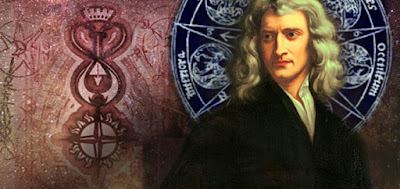Mole Concept
Concept This is our common experience that when we go to market to buy something, a few things we always get in definite numbers. For example, eggs we get in a number of 12 which is called a dozen , playing cards we get in a number of 52 which is called a pack, papers we get in a number of 480 sheets which is called a ream. Dozen, pack and ream are units to describe those items. Following chart shows certain items which we get in definite numbers and the units in which these items are described. In Latin, mole means ‘massive heap’ of material. In chemistry, it is a unit which is used to describe an amount of atoms, ions and molecules. It enables chemists to count these particles by weighing. According to 14th conference of National Institutes of Standards and Technology ( NIST ) held in 1971, the definition of mole is given as follows. When the mole is used, the elementary entities must be specified and they may be atoms, molecules, ions, electrons, other parti


